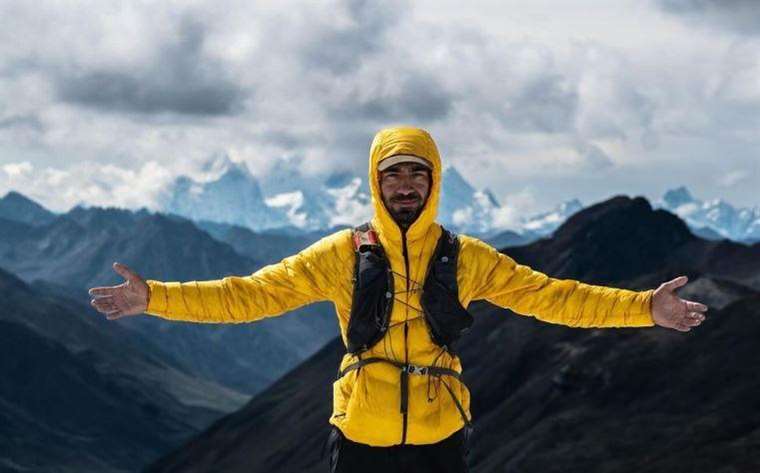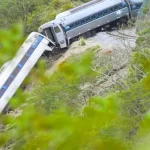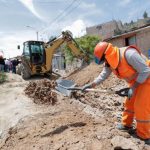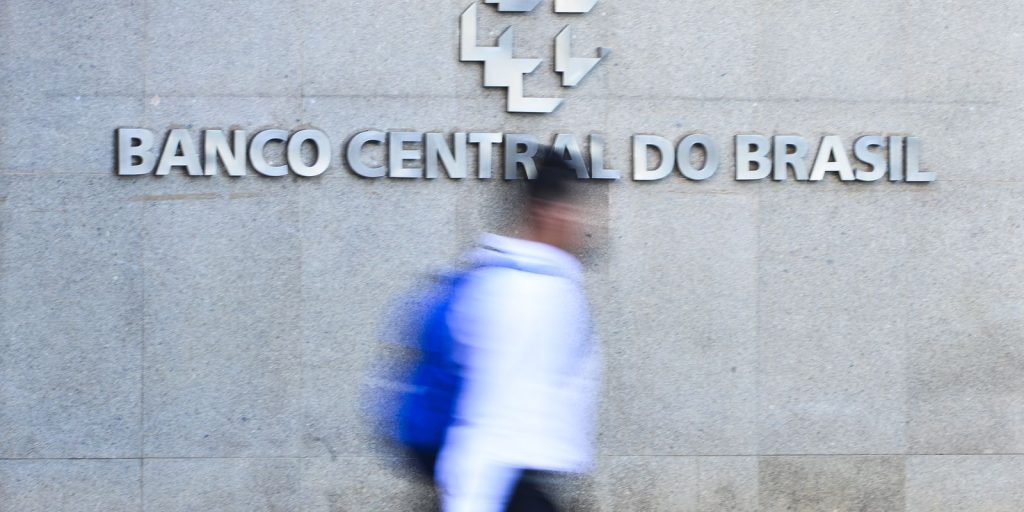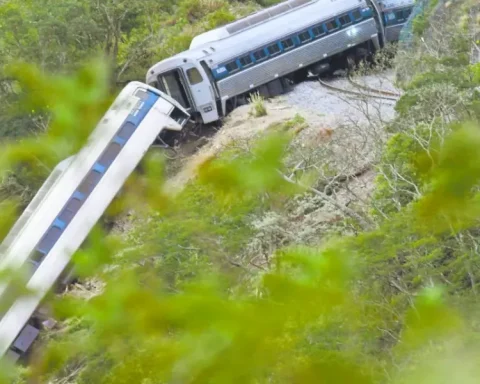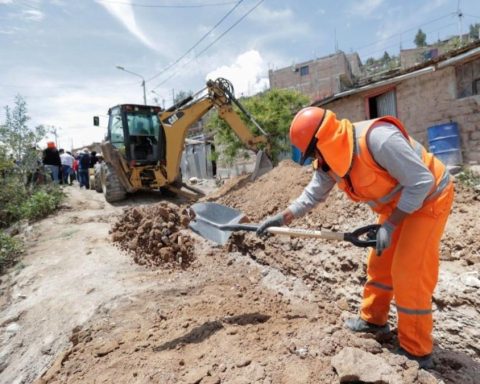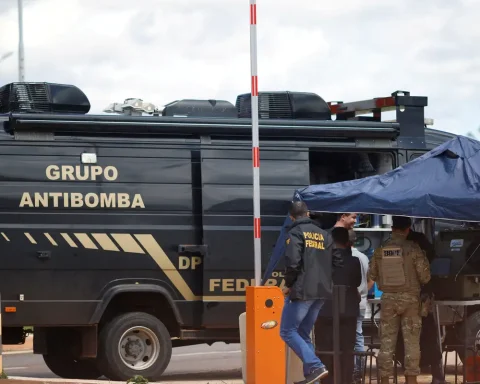November 11, 2024, 11:09 AM
November 11, 2024, 11:09 AM
“Patience, Gratitude, Prayer.”
For 87 days, the German ultrarunner Savas Coban covered 5,175 kilometers of Peru: Lima and its extensions, the heights of Titicaca, the mysterious Nazca lines, the deep Amazon jungle, the white mountain range and the coastal desert passed before his eyes.
Everything on foot. In race. Running even at 5,000 meters high. A huge physical effort. Repeating three words in the most difficult moments. Colder. More alone.
“Patience to know that the most difficult moments were going to pass. Gratitude because I was doing what I wanted, what was my vocation: running. And prayer, to know how to continue,” Coban tells BBC Mundo.
The 87 days he spent in Peru, in the midst of the protests that took place in the country in January 2023, were recorded in the documentary “The Path of Dreams”, where he gives a visual account of his feat.
On the occasion of his presentation at the Hay Festival in Arequipa, BBC Mundo spoke with him about his reasons for running across a country and what he discovered in those almost three months in Peru.

You say in one sentence: “Breathing, for people who run, has to be like making music.” Is it your way of meditating?
For me breathing is the best way to meditate. It’s doing therapy. And what happened during this trip to Peru is that for many journeys I was alone. Even for weeks.
So the way he breathed had to have a meaning. A cadence. A rhythm. Basically it was like making music, music that accompanied me to meditate, because this race was a kind of very long and hard therapy, where I had a lot of time to think. To reflect.

What is the reason you became an ultrarunner?
Since I was little I played a lot of sports. I love sport. I love being active.
And in that search for what really drove me, I decided to buy a bicycle, one of those very cheap ones, and do the route from Hamburg, in Germany, to Seville, in the south of Spain, without knowing how hard or how demanding it could be. make a route of that dimension.
That experience pushed me to the limits of my abilities. And I liked that, the idea that every day, on that unknown route, I challenged my limits and tested what I was capable of doing.
And I decided it was something I wanted to do for a living.
So, when I arrived in Seville I left the bicycle there and returned to Germany. And I started running, but my idea wasn’t to run marathons, because that didn’t really challenge me enough.
I then chose to run the distance between Hamburg and Bremen, which is about 100 kilometers, in a single race.
Everything changed there: I realized that I could do it, that I could push my limits every day.
So I ran to Munich. And then to Istanbul. And then I decided to run throughout Peru.
But, did you already know Peru?
No, I had never been there.
So why Peru?
That’s a good question. I would start by saying that it was the best decision I have ever made in my life. That’s for sure.
Now, the way I get to Peru has to do with challenging myself more every day.
After I finished the journey between Munich and Istanbul, where I crossed nearly eight countries in 45 days, I realized that my next challenge had to scare me. In other words, I had to be scared to go to that place because of all the challenges I was going to go through.
And then I met someone who had been to Peru, who knew the country and the way he described it sounded very similar to the challenge I was looking for.
Then I started reading on Google, I saw all the documentaries there are about Peru and I began to understand this country that had mountains, that had jungle, desert and that was a perfect challenge.
And it was also in the sense that he had never been to Latin America. Everything would be new.
It was also the furthest I would have been from home. That feeling of being apart, isolated, inclined me towards Peru.
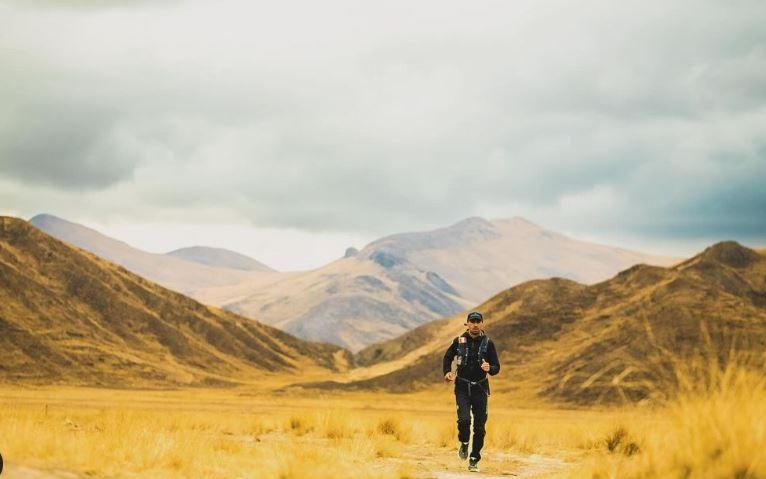
Something that is clear in this race through Peru is that you suffer. There is pain. And you say that pain drives, that pain challenges you. What role did pain play in this journey of more than 5,000 kilometers?
Every day I was in Peru I had a different pain. And although it was difficult and I suffered a lot, the truth is that that is what I went looking for.
When I was searching for the spot, I knew I was looking for one that hurt. That made me suffer. A place where I grew through pain.
Because it is common for people who are dedicated to being ultrarunners that, when we are in the middle of these projects, we ask ourselves: what the hell am I doing? Why am I doing this that hurts me so much?
There is a moment in the documentary, when I am running at more than 5,000 meters high, where I could barely breathe, frozen, with snow everywhere, where you can tell that I am suffering, but at the same time it is the best memory I have of everything. the journey, because it is when I am forcing myself to continue, not to abandon.
To push my limits, which is basically what I went to Peru to do.
What happens is that when you wake up the next day, you feel that you have surpassed it, that you have a new limit. It’s an incredible feeling, like you managed to defeat yourself. And I did it several times on this tour.
You say that the trip changes you, how did these 87 days change you?
Let’s see, I didn’t feel it like 87 days. Because there is a big difference between going on vacation to a country and going to face the country.
What happened is that the different challenges I had to face made me have to leave my comfort zone in an extreme way. Not calm or gradual, it was extreme.
And that obviously changes you forever.
For me, facing all that pain, all those challenges, which in some cases even crush you and make you feel totally alone and abandoned, helped me become much more humble.
The cold, the hunger, the not being able to breathe made me realize what was important.
Another thing is that when I arrived in Lima, after crossing the country, it was a fundamental victory because I was able to demonstrate that it was possible, despite the fears of my family or other people I knew who believed that this was crazy.
I realized that from that moment on things were going to change with them, with their respect for what I did, and that I was going to be able to continue with my ultra-racing efforts.
Also seeing a country so different from mine made me put things into perspective.
For example, I had to experience the 2023 protests, which is something that never happens in Germany, that is, people taking to the streets and blocking the roads to achieve change.
That also made me think about the breadth of the world and what happens in it.
What was the worst moment of this entire trip?
There was a time, in the Andes. The film crew had not been able to continue due to the blockades that were in place at the time due to anti-government protests.
So I had to continue alone. No support. It starts to rain. And to get dark. It was very cold and it was almost 4,000 meters high, where it is very difficult to think due to the lack of oxygen.
Furthermore, all my clothes, all sleeping implements, were damp from the non-stop rain. I really thought it was time to leave everything and return to Germany. Especially because I was in a place I didn’t know.
But as I explained before, I went to Peru to look for precisely that. Then I calmed down and decided to continue.
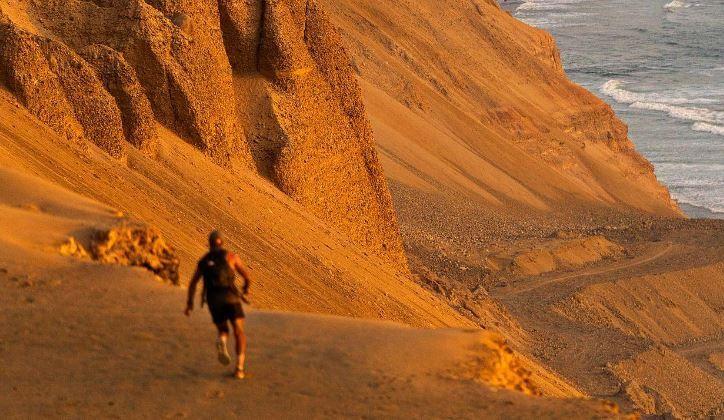
Many of the mountains in Peru are sacred places, environments that their inhabitants venerate… what did they transmit to you in those moments that you were alone with them?
I had never been in front of a mountain like that. In Germany, and especially where I live, there are no mountains, period.
And what the mountains give you, and especially ones as powerful and beautiful as those in Peru, is that each route offers you a new vision.
Every day had another landscape, just as powerful, just as beautiful, just as impressive. So as you run around and encounter these new worlds you really enjoy it a lot.
But at the same time, what you feel the most is the energy, which perhaps you don’t feel in other parts of the world. And despite how difficult it is to breathe and run at 3,000 or 4,000 meters, these mountains gave you the energy to keep going.
In the silence of the mountain I was able to dialogue with myself to understand that what seemed crazy was what I wanted to dedicate myself to. That for me, despite all the challenges, running was my passion.
That I couldn’t give up. Never. That force, that reflection, occurred in those mountains.
One of the things you were most afraid of was encountering an anaconda. How did it go with the subject of fears?
(Laughs) Let’s see, yes, since I had never been to Peru or a Latin American country, I wasn’t very clear about the things I was going to find.
I’m terrified of snakes and I knew I was going to be in the jungle, so the fear was there. I thought the jungle was like the Disney movie, “The Jungle Book.” And it was something else, of course.
But the reality is that my encounter with that place in the world was more special. In the documentary you can hear several animals that made noise when we passed by and I had an encounter with some monkeys that were hanging from the trees.
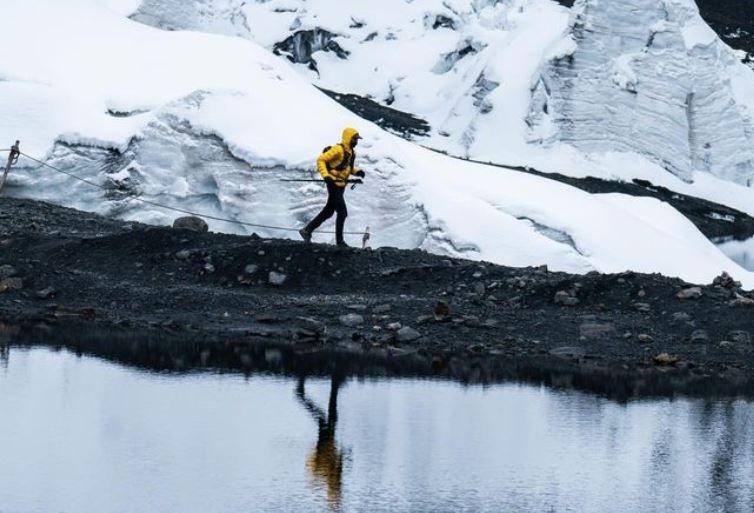
You also admit to feeling fear when you leave the center of Lima and find yourself in the peripheral neighborhoods of the city…
What happened to me on this trip is that many things that I was unprepared for or fearful of collapsed in seconds.
It is true that once I started running, on the first day, I soon found myself in the middle of one of the neighborhoods, which look very different from those in my city. And I’m not going to deny that I felt afraid, but something very curious happened.
In my own country, because I have dark skin or hair like I do, people can look at me in a way… I’m not going to say strange, but different.
Here, with brown skin and hair the way I wear it, people perhaps saw me as one of them and that fear faded because people began to treat me very well. Very kindly.
They made me feel like another Peruvian.

Subscribe here to our new newsletter to receive a selection of our best content of the week every Friday.
And remember that you can receive notifications in our app. Download the latest version and activate them.
